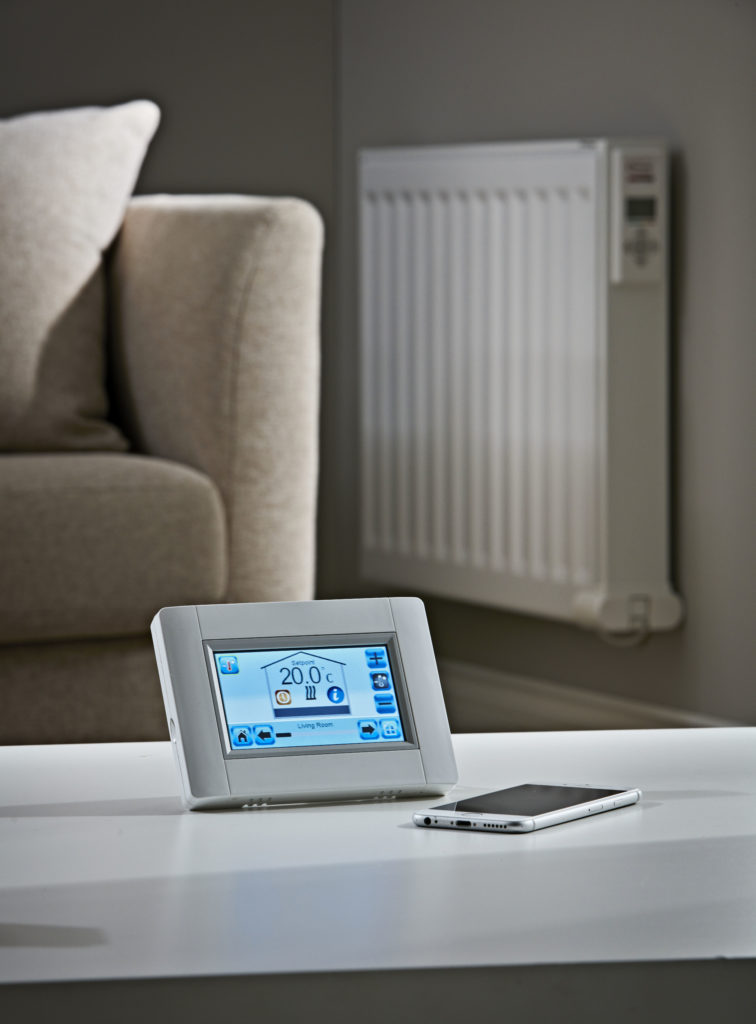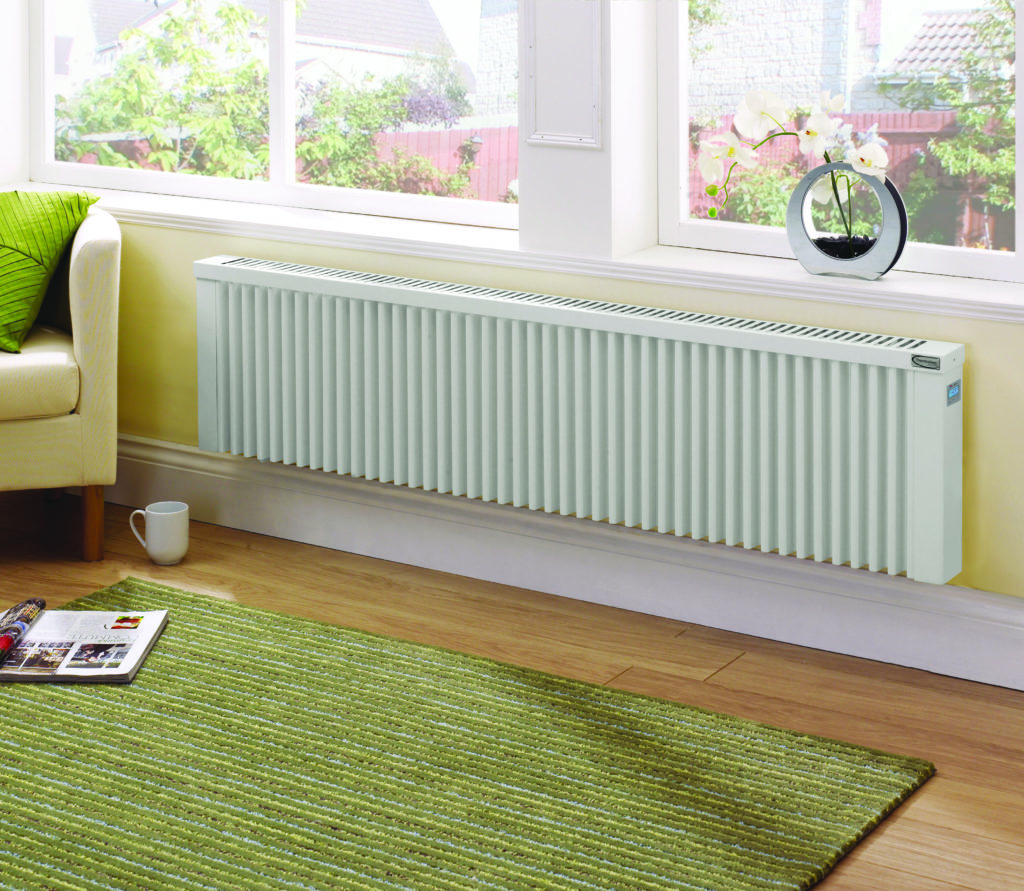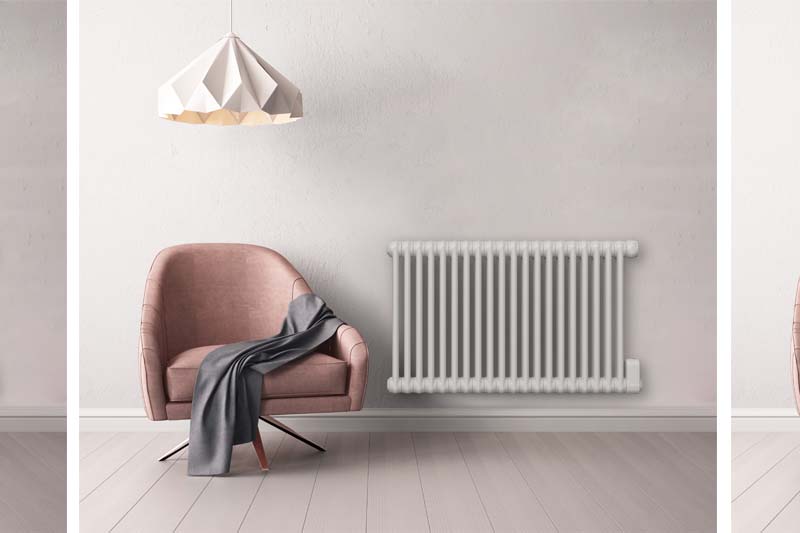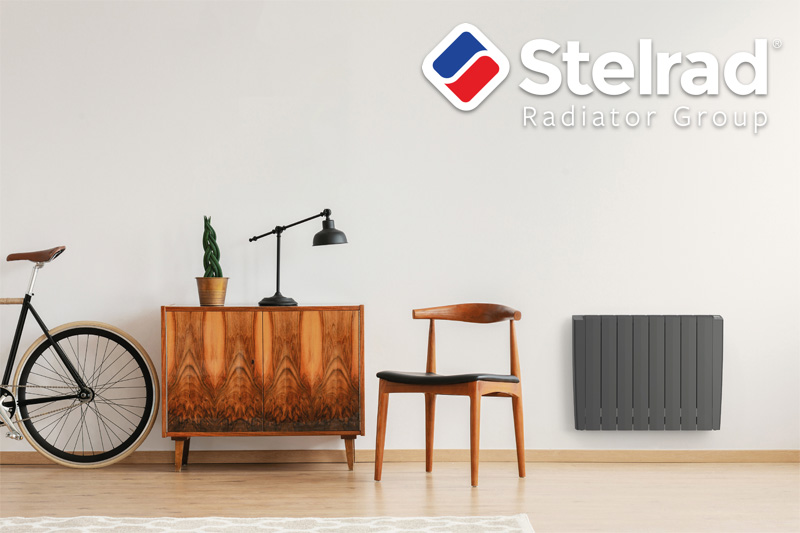Electric radiators are fast becoming a number one choice for heating and with the law changes coming into effect in 2025 meaning no gas boilers can be fitted in any new developments, Managing Director of Electrorad, Richard Brown, explains what makes them the smart and future-proof choice for installers.
Homeowners are increasingly turning to electric heating as they seek an affordable and energy efficient solution that combines safety with versatility, comfort and control. Whilst some people are more familiar with traditional wet systems, times are changing.
The impact of Eco-Design Lot 20 means electric radiators now have more features than ever before to ensure they are energy efficient and easy to use. This is a welcome development for all and presents an ideal opportunity to re-look at electric radiators and see how they can increase business. So, let’s review their benefits.
Good looks
Today’s homes cry out for sleek, minimalist heaters and electric radiators are ahead of the game. Less bulky than storage heaters, they’re available in a variety of sizes and heat outputs. Designs range from vertical models, to small towel radiators for cloakrooms and some, like Electrorads Digi-Line range, not only look identical to regular wet central heating radiators, they are manufactured in the exact same size and output too!
Heating capabilities and energy efficiency
Electric radiators produce both radiant and convection heat – convection warms the air and circulates it around the room, whilst radiant heats people and objects quickly and directly. Unlike storage heaters, electric radiators use only the heat and energy required. There’s also no need for inflexible electrical tariffs as modern electric radiators are 100% efficient at the point of use, meaning that there is 100% conversion of electrical energy input to heat output, therefore no wastage.
Controls and comfort
Due to advances in electric radiator technology and legislation, accurate energy saving digital controls are now commonplace for both time and temperature flexibility – some being as precise as +/-0.1°C. Each radiator is individually, thermostatically controlled, so it can be left to run independently, or the whole system can be connected together, linked to a central room controller and programmed to meet specific heating needs within each room.

Wireless radiators are also popular due to their fully programmable RF controls. These can be divided into zones to control separate floors or areas; thereby saving energy as no heat is wasted warming unused rooms.
Thanks to pioneering products such as Electrorad’s Touch E3 smart control system with central control hub and app, homeowners can manage their home heating from anywhere in the world. Should plans change, or if there are significant changes in the weather, the heating can be adjusted remotely, and they can enjoy reduced heating bills as a result.
The biggest change in controls came with the Lot 20 Directive, which stipulates that all electric radiators manufactured after 1st January 2018 must include features such as accurate room thermostat controls, 7 day/24 hour timing controls, virtual open window sensors, adaptive start control (learning when to turn on to achieve optimum comfort), and distance control – a WiFi based app control to ensure compliance.
Some manufactures took the opportunity to go one step further and included additional technologies including Alexa controls such as the Vanguard+ from Electrorad which is capable of turning a radiator on/off and can even change temperatures via voice control.
Safety and reliability
The electric radiator elements are stored within sealed units or may be encased in ceramic, fireclay, or within fluid. As dust and objects can’t fall onto to these elements, it ensures no unsightly brown stains on walls, or dust burning smells when they heat up. Some radiators even offer guarantees of up to 30 years such as the Aeroflow, covering all internal components including electric elements, thermal switches and wiring (excluding the thermostat).
Ease of installation
Electric radiators are simple and fast to install and can be sited almost anywhere in a property, with larger units capable of warming sizeable rooms with ease. They can be retrofitted independently from any existing hot water system, such as in conservatories and extensions, allowing easy compliance with part L of the building regulations and removing the need for any additional pipework or a higher output replacement boiler.

They’re ideal for apartment blocks where gas is often not accessible or allowed. And, if additional heating needs to be introduced at a later date, they can be added to the system accordingly. They’re a perfect replacement for storage heaters as they can utilise the existing wiring, causing minimum disruption at installation. Let’s not forget that in addition to all these benefits, electric radiators require no annual maintenance or inspections.
Their popularity is growing fast, and thanks to Ecodesign Lot 20, they look set to soar even higher. So, why not expand your horizons with electric heating? It’s a smart choice.




